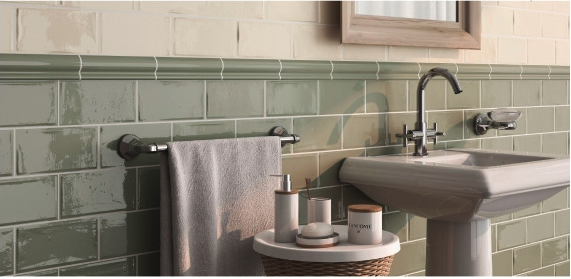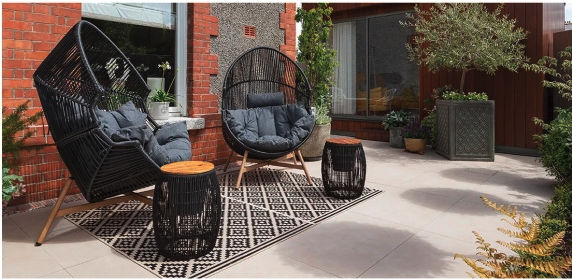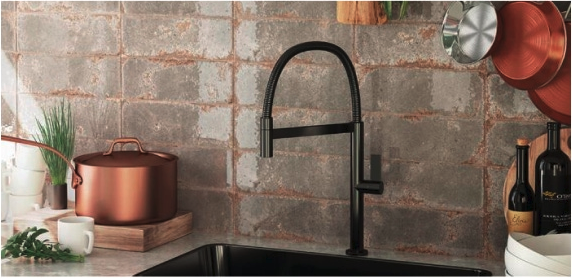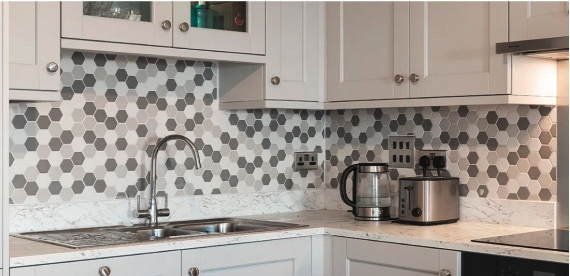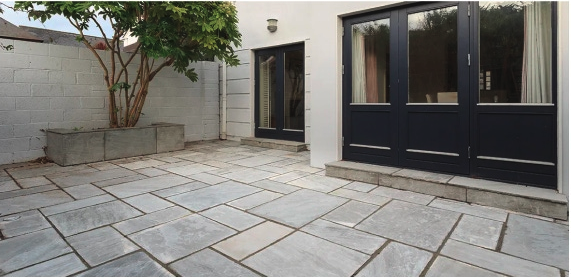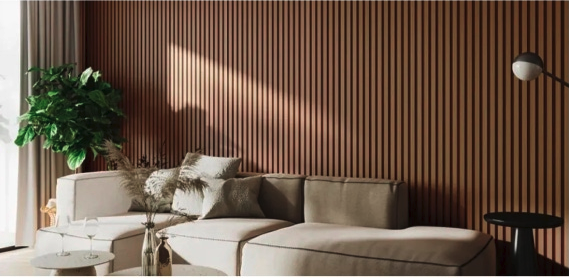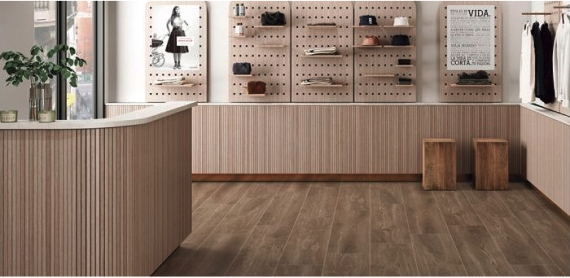Cookies are used for ads personalisation to make your experience better. To comply with the new e-Privacy directive, we need to ask for your consent to set the cookies. Learn more.
Free Samples On thousands of products
Free Click & Collect Collect your order from our showrooms
Rated Excellent on TrustPilot Based on over 1200+ reviews


